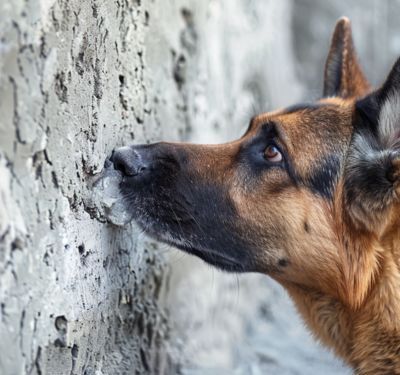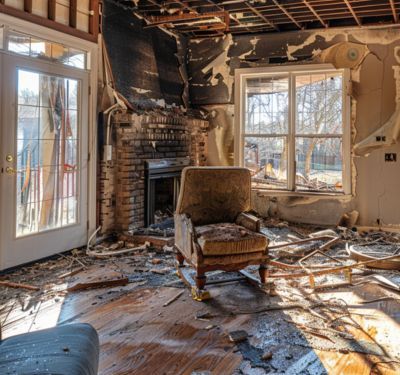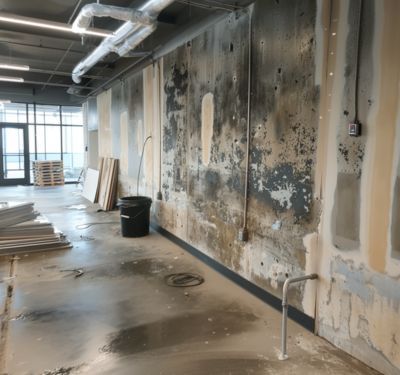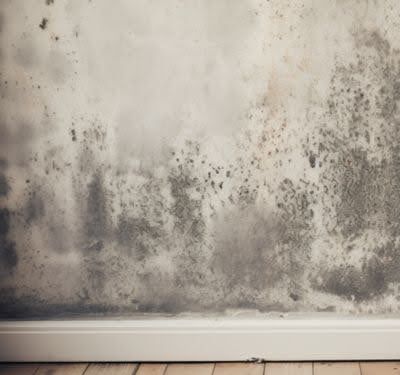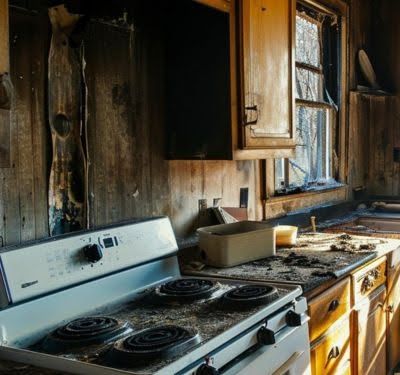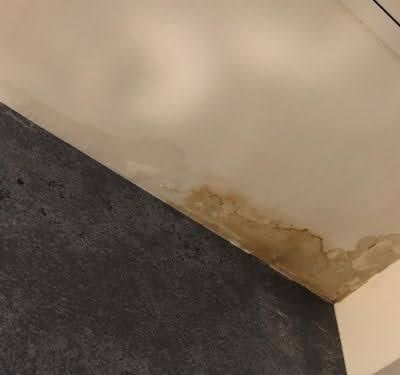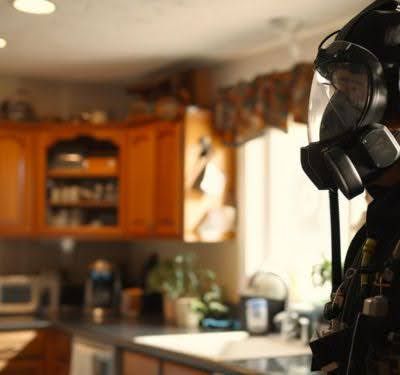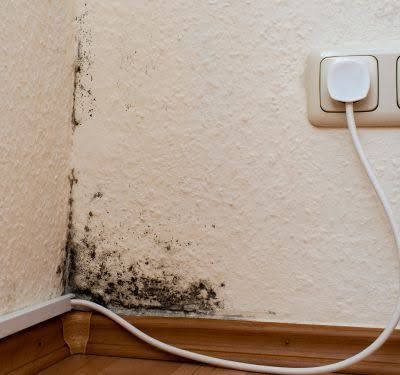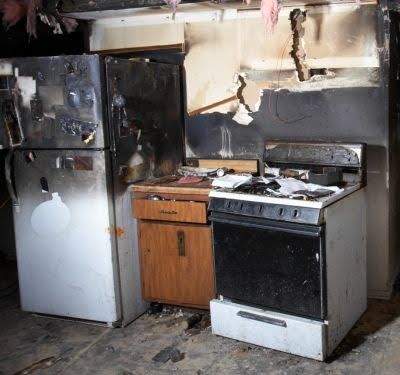Mold Dog Testing: A Reliable Solution for Identifying Indoor Mold Contamination
If you live someplace where the air often feels like a wet blanket, you’re probably no stranger to the battle against mold. Houses in humid regions are constantly threatened by this uninvited guest who thrives in moisture-rich environments.
For example, Florida ranks as the second most humid state in the US, and homeowners there are no strangers to the battle against mold growth.
Detecting mold accurately, especially the kind that lurks out of sight, poses a significant challenge. You need a method that’s effective and swift in pinpointing the exact locations of mold growth. An innovative solution for detecting hidden mold and mildew is mold dog testing.
Dogs have a keen sense of smell and can detect mold spores that humans or technology might miss. This method offers a fast and reliable way to identify mold problems, allowing for quicker remediation. Mold dog testing is a reliable approach for homeowners seeking peace of mind in maintaining a healthy home. Let’s see the benefits of this unusual detection method.
The Science Behind Mold Detection Dogs
The ability to detect mold centers on a dog’s incredible sense of smell, which far surpasses that of humans. Dogs possess an extraordinary olfactory system that allows them to detect odors at concentrations nearly 100,000 times less than humans can perceive.
This keen sense of smell, combined with their ability to learn and retain information, makes them excellent candidates for training in specific scent detection, including mold.
Training these dogs involves associating a particular scent with a reward. For mold detection, trainers use actual mold samples to educate the dogs on the specific smell they need to identify. Through consistent and positive reinforcement, these dogs learn to alert their handlers when they come across the scent of mold on the premises.
Their ability to distinguish between different smells makes dogs perfect for scent detection. By signaling the presence of mold more accurately and efficiently than many traditional detection methods, these dogs provide a quick and effective way to identify a potential mold infestation before it spreads further. Your home or office can benefit from the work of these trained dogs, finding hidden mold and addressing it promptly.
Advantages of Using Dogs for Mold Detection
The usual mold testing methods often require direct access to the suspected mold, which can be invasive and disruptive to your home. These methods may not detect mold hidden within walls, under floors, or in other inaccessible areas, leaving you with a partial understanding of the problem.
Using dogs trained for mold detection offers many advantages, ranging from their ability to swiftly identify mold presence to uncovering mold in areas you wouldn’t normally suspect. These dogs have undergone extensive training, equipping them with the unique ability to sniff out mold spores in the air, which traditional detection methods might miss.
Accuracy and Efficiency
Their keen sense of smell allows them to detect mold at any growth stage, even before it becomes visible to the human eye or starts causing noticeable damage. Their training enables them to identify mold in concealed places, behind walls, under floors, or ceilings, where mold often thrives unseen.
Unlike humans, who might rely on visible signs or musty odors to suspect mold, these dogs can detect mold precisely, leading their handlers directly to the problem area. This pinpoint accuracy eliminates the guesswork and unnecessary destruction often involved in locating mold, making the process much more efficient.
Time-Saving Benefits
Methods like visual inspections or moisture meters can be time-consuming and may not always uncover hidden mold. On the other hand, dogs can cover a large area in a fraction of the time it takes for these conventional methods to be employed. This rapid detection means you can address mold issues faster, reducing the potential for extensive damage and health risks associated with prolonged mold exposure.
Non-Invasive Nature
Traditional mold inspection methods can sometimes require drilling into walls or tearing up flooring to assess the extent of mold growth. This adds extra time and cost and disrupts your home or workplace.
Dogs, however, can locate mold without disturbing your property, maintaining its integrity while still doing a thorough inspection. This aspect is particularly beneficial for historic buildings or in situations where preserving the aesthetic and structural integrity of the space is paramount.
Scenarios Ideal for Mold Dog Testing
In certain situations, the best solution is to rely on mold dogs to find where the mold is hiding. Let’s see a few scenarios where enlisting the help of these four-legged inspectors makes a ton of sense:
- After Water Damage. Other detection methods often require visible signs of mold or guesswork to locate the source. However, mold dogs can quickly and accurately identify the affected areas, even if the mold isn’t visible. This allows for targeted removal and repairs, reducing the time and cost associated with guessing the mold’s location.
- Before Purchasing a New Home. Home inspectors can miss subtle signs of mold, especially if it’s hidden. A mold dog, on the other hand, can sweep through the house and alert you to any hidden mold colonies. This information can be invaluable, helping you make an informed decision or negotiate the home price if mold is detected.
- Hidden Mold Growth. If you suspect mold is present due to a musty smell or unexplained health symptoms without visible evidence, mold dogs can be your answer. They can pinpoint the source of mold that’s eluding traditional detection methods.
How to Prepare for a Mold Detection Dog Visit
Start by tidying up and removing clutter from the areas where you suspect mold might be hiding. This step ensures the dog has easy access to sniff around without obstacles. You should also see if all areas of your home are accessible, including crawl spaces, attics, and closets. Lock pets away to prevent any distractions or interactions that affect the inspection.
During the visit, the handler will lead the dog through your home to sniff out mold. They’ll focus on areas prone to moisture and other less obvious locations where mold can hide. The dog is there to work, so while it’s okay to watch, avoid petting or distracting them.
Find the Best Mold Sniffing Nose In Tampa, Florida
When you spot signs of mold in your house or apartment, addressing it quickly is essential to maintaining a healthy home. If left unchecked, mold can lead to various health issues and damage your property. Mold detection dogs are a reliable and efficient solution for pinpointing mold in any space.
If you’re dealing with mold issues on your property, Tampa Emergency Restoration in Florida has the K9s that can help you. Our team of highly skilled humans and expertly trained dogs guarantees that no mold spore will go undetected. The dogs will sniff out all hidden mold, and our remediation efforts will remove all traces of it.
Leave the detective work to our skilled dogs; call us today, and let’s eradicate your mold problem once and for all!
